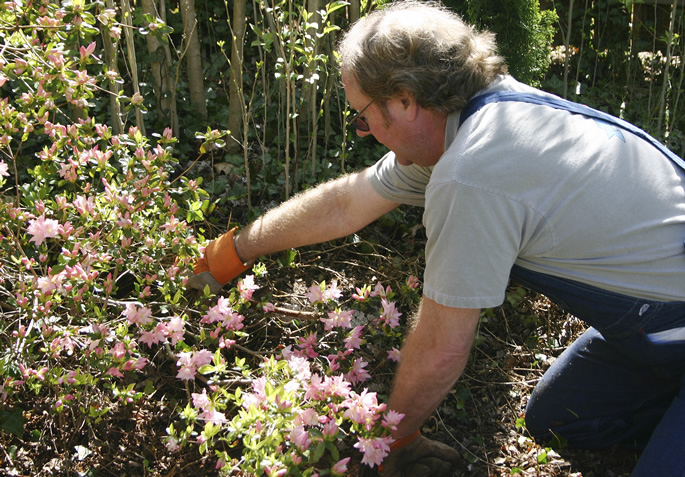

 Quality Awards
Quality Awards

Dr. Rosalie Snyder remembers a few years back when a summer hike with her family turned into a fast dash to outrun a common poisonous plant.
“A violent thunderstorm was approaching and unfortunately we had to cross a large field full of poison ivy to reach our car,” recalls Snyder, board-certified family doctor with McGorry & Matta Family Medicine in Allentown. “We were all wearing shorts and sport sandals, and there was no way to avoid having the plants touch our feet and ankles. We were all dreading the consequences of walking across that field!”
Luckily Snyder and her family managed to wash up within 15 minutes. But others might not be as lucky this summer, as poison foliage lurks everywhere — even in home gardens.
For Snyder, poison ivy exposure ranks among her top concerns for home gardeners. “We frequently see cases of poison ivy, oak and sumac in the walk-in care center and family practice office,” she says. “Of course the best advice is to try to avoid exposure to these poisonous plants, which grow in abundance in the woods or fields or in your own backyard.” You can recognize poison ivy by its bright green color and classic clusters of three broad, spoon-shaped leaflets.
Poison ivy, oak and sumac contain an oil called urushiol, which runs through all visible parts of the plant structure. Within minutes of contact, the skin starts to absorb it. But you don't feel this and won't see a rash right way; in fact, it could take a week. The rash isn’t contagious — it can’t spread from the blisters, only from the plant oil, which you should wash off as soon as possible after exposure. While it isn't contagious, it’s still irritating. Signs include itchy skin; redness or red streaks; and hives and swelling. Oatmeal baths and calamine lotion can help these symptoms, Snyder says.
"It is a good idea to seek medical advice when the rash covers large areas of the body or involves the face or genital region,” notes Snyder. “Sometimes the areas of rash become infected with bacteria, so it is important for patients to be checked if the rash is becoming progressively more painful, red or swollen."
Though sumac is much less common, it grows in the wet wooded areas of Pennsylvania. “Poison sumac has 7 to 13 leaflets on each stem and grows as a shrub or small tree,” Snyder says. She advises gardeners and landscapers at risk for exposure to wear long sleeves, long pants and gloves.
The University of California’s Division of Agriculture and Natural Resources lists dozens of plants with major toxicity, meaning they can cause serious injury or death. These include some true garden beauties such as rhododendrons, azaleas and lilies-of-the-valley. Hydrangeas are particularly poisonous; they contain cyanide and can, in rare cases, cause death.
The good news here is that those plants will only wreak havoc when ingested. If you have kids, teach them that chewing your garden greenery is forbidden. Supervise toddlers and preschoolers in your yard at all times.
Snyder stresses that knowledge and preparedness are key to enjoying your summer gardening – and steering clear of trips to an urgent care facility.